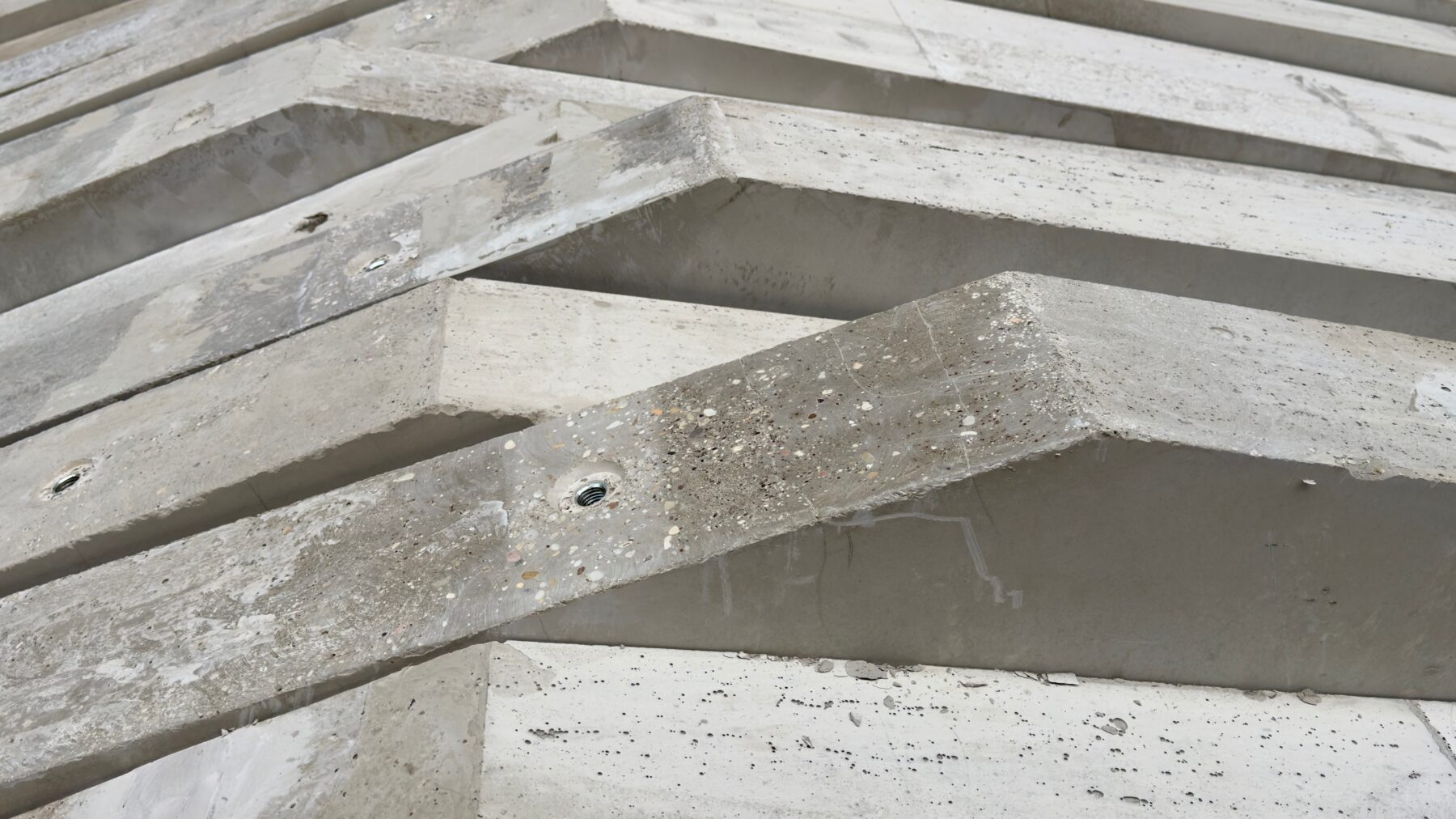Weather-Resistant Concrete Formulas: Northern Climate Guide
January 31, 2025
In the northern regions of the country, building processes require materials that can endure extreme weather conditions. A suitable concrete mix is very important for preserving a structures strength. Weather-resistant concrete has become a vital way to build structures that last in these harsh conditions. Overall, these specific concrete formulas use special additives and precise mix patterns to protect infrastructure and lower the long-term costs.
Key Characteristics of Weather-Resistant Concrete
A great feature of the weather-resistant concrete is that it can prevent damage from freeze-thaw cycles. By adding air-entraining agents, the material develops small air bubbles that lower the pressure inside caused by freezing water, which prevents the material from breaking. This specific concrete is especially important in the north, where freeze-thaw cycles occur frequently.
Another feature of these formulas is that they don’t react with moisture. Additives like waterproofing agents prevent water penetration in buildings, protecting them from mold, rot, and structural weakness. This is especially helpful for basements, foundations, and sidewalks that are affected by persistent groundwater or rain.
The addition of high-quality aggregates and extra cementitious materials, like fly ash or slag, also helps the concrete remain resilient through extreme weather conditions. These components allow for a stronger and long-lasting end result.
Specialized Concrete Formulas for Northern Climates
Several formulas have been adjusted to work more effectively in colder places. People often choose air-entrained concrete because it is more capable of withstanding freeze-thaw cycles. It contains air holes that keep the inside from freezing, resulting in significant damage. Adding chemical admixtures to accelerated-set concrete speeds up curing in cold weather, ensuring projects stay on schedule.
Non-chloride accelerators are gaining popularity for projects that use steel support. These accelerators prevent steel from rusting and enable it to become stronger at a much faster rate. Additionally, fiber-reinforced concrete enhances its strength against cracks and heavy loads, making it perfect for places with heavy foot traffic and harsh weather conditions.
Construction Techniques and Curing Methods
In order to obtain the greatest value of weather-resistant concrete, it’s important to use the appropriate curing methods. Standard water curing could be inadequate in colder locations. Instead, using heated containers or insulated blankets can help keep the curing temperature steady, which prevent premature freezing and maintains proper hydration.
In northern areas, modular and prefabricated building methods make the building process even easier. These methods keep you sheltered from severe weather during key building phases while allowing quick, high-quality assembly on-site.
Applications in Northern Infrastructure
Due to the fact that it is used in so many different ways, weather-resistant concrete is an important part of many building projects. Its ability to block out water is very beneficial for foundations and floors. When building with these specialized materials, pavements and driveways last longer and need little maintenance, even while remaining exposed to deicing salts and freeze-thaw cycles.
When it comes to infrastructure like bridges and roads, ensuring the strength, longevity, and resistance to environmental stressors allows for a safer and more reliable transportation networks. Coastal buildings also receive important protection against corrosion caused by saltwater, which enables them to manage the dangers of both seawater and extreme cold.
As the need for lasting infrastructure grows, weather-resistant concrete plays an even larger role. The use of these advanced materials and methods allows builders to develop structures that last in the harshest temperatures with minimal upkeep. Investing money into these new ideas not only guarantees long-lasting infrastructure, but it ensures that future generations will benefit from more efficient and sustainable construction.


